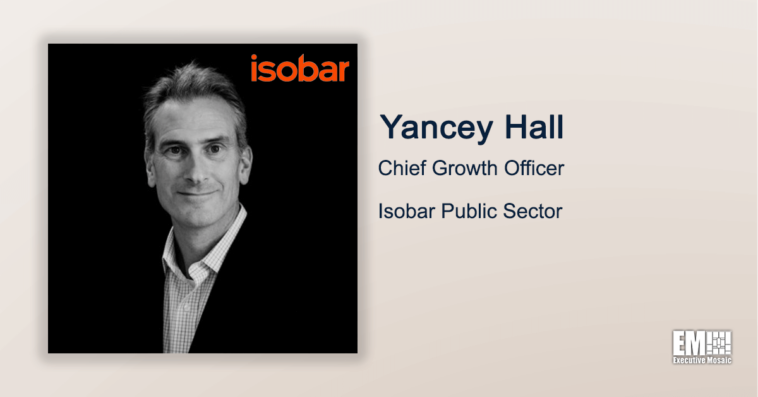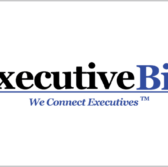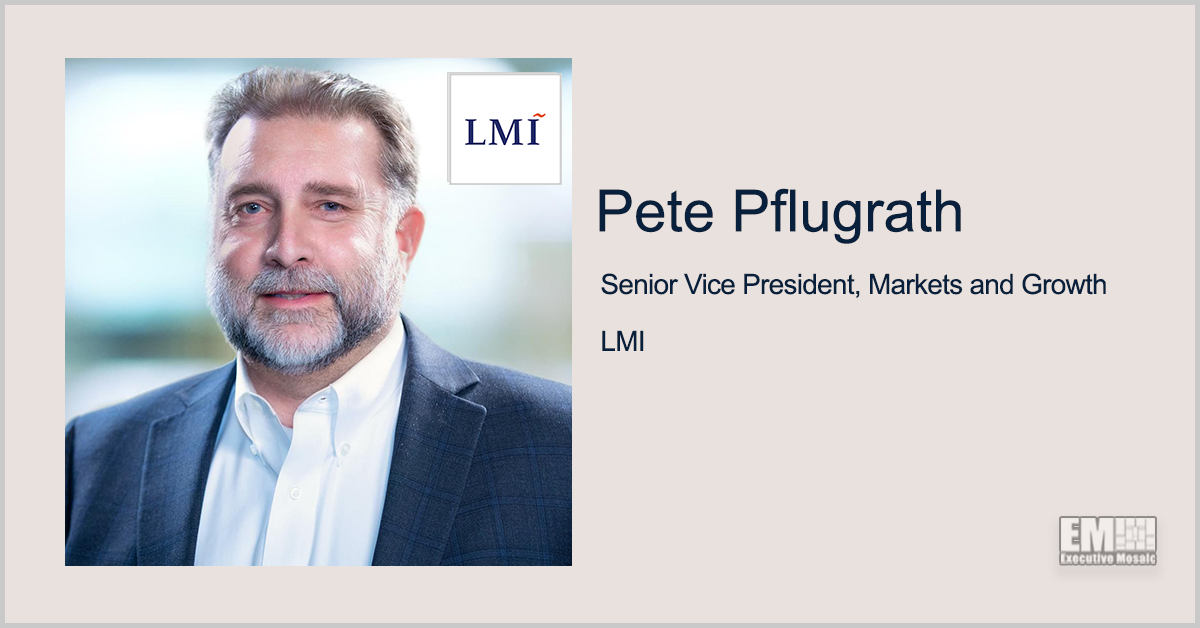Yancey Hall, chief growth officer at Isobar Public Sector, recently spoke with ExecutiveBiz about the company’s work to ensure long-term success for its workforce as well as its efforts to address the most significant challenges facing federal agencies and the implementation of the latest emerging technologies in our business during the latest Executive Spotlight interview.
“Transformation is such an interesting topic. At Isobar, we tend to look at the transformation in terms of stages. Most organizations start with digitizing existing experiences and platforms and then move to experiment with new capabilities.
The last phase is basically industry disruption where you are creating new ways of working with mission sets and business models enabled through digital. For the government, it’s going to be very interesting to see how agencies both invent and manage disruptive models.”
You can read the full interview with Yancey Hall below.
ExecutiveBiz: With the influence of emerging technologies impacting every aspect of business, how has your company been able to drive digital transformation efforts to stay ahead of innovation in the federal landscape for yourself and your customers?
Yancey Hall: “As we look at transformation these days, many companies and organizations are thinking about it in a singular way, which is mainly doing a ‘lift and shift’ of tools and technology from one environment to another, which is usually the cloud. They’re not fundamentally changing things.
There’s nothing wrong with this approach. There are certainly benefits, but there’s another flavor of transformation which involves modernization based on experiences, which means looking at transformation efforts through the eyes of your customers.
At Isobar, that’s something we do very well. On the commercial side of our business, we work with a lot of large brands, and they’re looking at how to modernize and develop new ways to do business through completely new business models, technology and a focus on experiences.
This means orienting the entire portfolio around a customer journey and what the future touch points will be across major customer stages. The enabling capabilities, whether it’s security, data, technology, cloud, etc., all get oriented around the customer experience.
At the end of the day, you’re taking a very different look at how to build your backlog and what it should be versus a purely technology-driven approach. It all starts with user research that is rooted in our commercial practice, but there’s also a huge measurement component as well.
We bake in performance measurement that includes experience measurement through industry-leading XM platforms, such as Qualtrics, and operational data from applications, networks and other endpoints to provide an end-to-end picture related to performance.
Another big factor influencing transformation is the sheer volume of legacy tech and applications out there. A lot of customers believe they need to upgrade and modernize everything. The reality is though, it’s simply not really practical or even possible to modernize everything, especially in large enterprises. There are several approaches to address this.
One approach is to build something new that can be future-proof rather than take the approach of upgrading all of your systems.
That’s not true for everything, but that’s certainly one tactic to use when rationalizing applications and portfolios and prioritizing what you might need to upgrade.
Government agencies and federal organizations have bought nearly every software product available. So, in many cases, the answer is not buying something new but optimizing what you’ve already purchased in the right way.
Many times, we focus on optimizing investments that have been made versus buying something new. There are a number of decisions that go into the costs of modernization, and it’s definitely one of those dimensions that you want to prioritize and determine what to modernize and when.”
ExecutiveBiz: How does Isobar ensure long-term success for your workforce to drive value for your employees as you continue to face the uphill challenge to recruit and retain the best talent in the federal marketplace?
Yancey Hall: “Talent management is something that we’re laser-focused on within the federal government and industry. Obviously, the pandemic has driven a great deal of adoption of virtual workforces and new policies. We’ve completely transitioned our way of working to accommodate people where they are.
One of the key enablers to make this happen has been establishing new partnerships with our customers with a focus on flexibility for our employees without impacting the mission. In fact, we’ve seen productivity actually increase with remote work so it can definitely be a win for the government.
For Isobar, it’s a priority of ours to ensure that our entire staff members are engaged in our client’s mission and interested in the work we’re doing. That’s quite the challenge in itself.
Another focus area of ours involves helping and incubating young professionals and talent in critical areas like cybersecurity and software engineering. This can certainly help those individuals start their careers. It often involves partnering with a range of institutions and universities.
The last focus area for us involves training. We are pretty active with our technology partners where we send our people to embedded training with some of the major tech companies that are out there. Moving forward, that’s just absolutely essential to retain people and to be as fluent with the latest technology capabilities as possible.”
ExecutiveBiz: With federal agencies working to implement the latest trends in technology such as AI, 5G, cloud and many others, what are your thoughts on the success and challenges that government agencies are dealing with to stay ahead of innovation to establish the U.S. as THE global leader?
Yancey Hall: “Generally, there have been many improvements, especially around the embrace of cloud computing as well as DevSecOps, which I didn’t think was possible a few years ago. Now we are starting to see DevSecOps practices and technology everywhere.
We’re now moving away from a waterfall model of software development to more continuous delivery. That is a huge improvement and a massive shift from where we were years ago, which will help all these agencies be more nimble and capable of doing IT and systems modernization a lot faster as well as embrace new technologies and improve the customer experience.
While there are a ton of improvements, there are also massive challenges. Data is a very significant challenge. It’s a bit of a cliche, but the reality is that data quality is essential. Artificial intelligence and a lot of the new capabilities won’t work without high-quality, actionable data, which only highlights the issues related to our legacy technologies.
Another big question and challenge is where to start with modernization and how should you prioritize everything. Especially given the number of applications. And there is always the uphill battle of finding the right talent which everyone is facing. There is quite the competition for talent in the federal landscape as well as other industries.
Another challenge is culture. When moving to digital, workforces are often forced to re-envision how they work. Getting federal agencies to re-imagine their mission in a digital way takes a change in mindset and ways of working.
The good news is that there’s a much greater understanding of all these challenges, which is a good thing because people now understand the challenges to address. It’s just going to take a bit longer to bring all this together, but we’re on the road and it’s going to come down to leaders driving these changes for everyone.”





